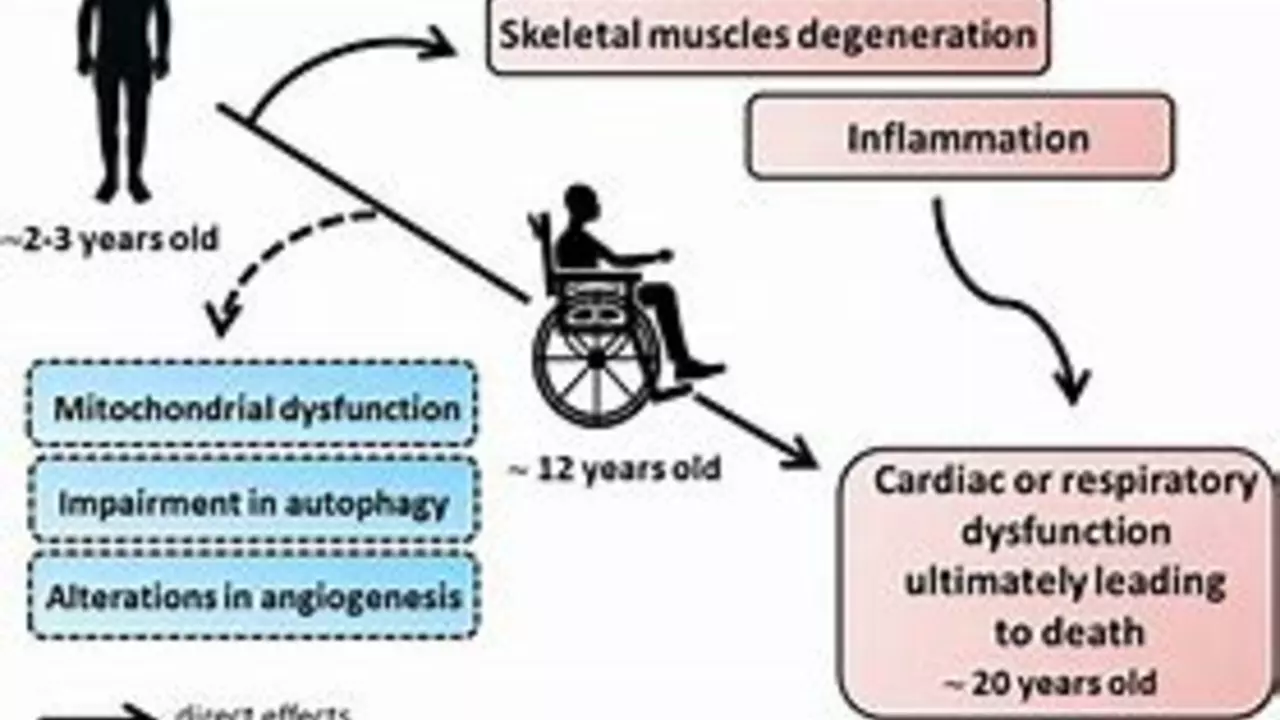Palliative care: clear, practical help for serious illness
Facing a serious illness feels overwhelming, but palliative care is about making daily life better — not just end-of-life planning. Here you'll find short, useful guides on common problems: pain, nausea, breathing trouble, bladder issues, mood changes, and how to safely get medicines. No jargon. Just what works, what to watch for, and when to call your doctor.
Quick symptom fixes that actually help
Pain control often starts with clear dosing and a plan. Opioids help many people; rotating between formulations or adding a low-dose non-opioid can reduce side effects. Nausea? Ondansetron is a top antiemetic — we summarize the latest trial results and when it helps most. Constipation is common with opioids and with some illnesses; simple options like polyethylene glycol, stool softeners, and scheduled laxatives often beat waiting for symptoms to get worse.
Bladder leaks and urgency after stroke or illness are common too. Flavoxate can reduce spasms and give back confidence. For breathlessness, low-dose opioids, breathing techniques, and a fan across the face can all help immediately. For agitation or severe mood swings, medications such as low-dose antipsychotics may calm symptoms but need careful monitoring for side effects.
Practical tips for families and medication safety
Caregivers do a lot. Start with one clear plan: symptom checklist, safe storage for meds, and a simple way to track doses. Keep a small log of what reduces pain or nausea — that helps your clinician fine-tune treatment. Discuss advance care wishes early; knowing a person’s priorities avoids crisis decisions later.
Buying medicines online? We explain how to spot legit pharmacies, check for licensed addresses, and confirm pharmacist access. Some articles here review specific sites and give buying tips for common palliative meds like antiemetics, antispasmodics, and heart medicines. Always compare prescriptions with what your prescriber wrote and ask your pharmacist about interactions.
Palliative care isn’t only drugs. Adjust sleep, cut caffeine, use simple diet tweaks for nausea, and add gentle physical therapy to ease stiffness. Small changes often reduce medicine doses and side effects. If you’re weighing steroid use or alternatives, look at real pros and cons for short courses versus longer strategies.
Use these posts to find focused guides: drug overviews, dosing tips for kids or older adults, and clear comparisons of alternatives when a medication isn’t working. If anything feels unclear or risks rise, contact your medical team. This tag is here to give fast, usable answers so you can feel a bit more in control today.

